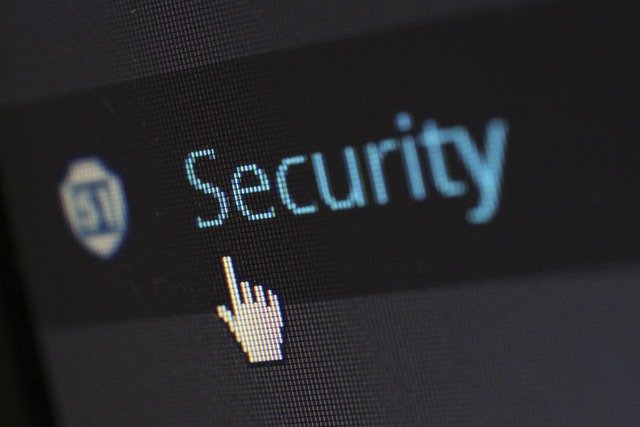The ransomware boom of a few years ago may be over, but that doesn’t mean ransomware is no longer a threat. Many hackers still use ransomware to extort money from individuals and organizations alike. Healthcare organizations are particularly vulnerable, with 45 percent of ransomware attacks targeting them.
But hackers will use ransomware to target anyone who might be tempted to pay up in order to get back their data. And if someone seized control of your family photos, work documents, personal projects, and financial paperwork, you’d be tempted to pay a few hundred dollars to get them back, too. Most ransomware hackers only ask for $700 to $1,300 – an amount most people can come up with on short notice, but one that’s still cheaper than paying someone for ransomware removal and file decryption.

However, experts recommend not paying the ransom if you’re targeted by ransomware. Law enforcement officials point out that when you pay the ransom, you’re only encouraging criminals to continue targeting people with ransomware. Besides, you might not have the money to pay the ransom, especially in this economy. Here’s what to do to get rid of ransomware, get your files back, and save your money for better things.
Figure Out What Type of Ransomware You’ve Got
The first thing you need to do when you’re hit with a ransomware attack is take a deep breath and figure out what kind of ransomware you’re dealing with. This will make it easier to remove the ransomware with the right tools, but that’s not the only reason.
Often, the “ransomware” that’s infecting your system is just a scareware program intended to make you think you have ransomware, by sending you the scary ransom message. However, scareware of this type doesn’t encrypt your files. If you have scareware, you haven’t lost anything. You’ll just need to remove the malware using antimalware software, and then you can continue with your life.
Quarantine the Infected Device
If your device is infected with actual ransomware, you’ll want to quarantine it right away. Disconnect from the internet, from your home network, and from any other devices that might be connected to your infected device, including smartphones, tablets, smart TVs, and another internet of things (IoT) devices, external hard drives, flash drives, cloud drives, and other computers. If you quarantine your infected device quickly enough, you should be able to keep the ransomware infection from spreading to your other devices.
Use an Antivirus for Ransomware Removal
If you do have actual ransomware, you can use an antivirus tool for ransomware removal to get it off of your system. Perform a full system scan to remove the ransomware and any other malware that may be infecting your system. Most anti-virus, antimalware, and anti-ransomware solutions should be able to detect the ransomware on your system and remove it.
Restore Your System
The thing is, removing the ransomware from your system with an antivirus program will help you regain access to your system, but it won’t restore your files. The only way to restore your files is to pay the ransom and get the decryption key from the hacker, but this only works in about 65 to 70 percent of cases. Why so few? Because hackers are criminals, after all, and they really don’t have to actually restore your data (and that’s another reason why you might not want to pay the ransom). Sometimes hackers write ransomware without a decryption key at all. Other times, they may simply disappear with your money and never send a decryption key.

That’s why it’s so important to back up your files regularly – and the more important your files are, the more often you should back them up. You can use System Restore to restore your system to the state it was in at your last system backup, but you’ll lose any files that you’ve created since your last backup. If you have your important files backed up on external storage or a cloud drive – and you disconnected these things from your infected machine quickly enough to keep them from getting infected – then you should be able to restore your files without the help of an untrustworthy criminal.
Ransomware poses a real threat to anyone who keeps important personal or work files on an electronic device. Keep your files backed up so you can be prepared in the event of an attack. Protect yourself with the right antivirus software, so you never have to deal with a ransomware attack in the first place.



